 Suckers of Arkansas
Suckers of Arkansas
Entry Type: Thing
 Suckers of Arkansas
Suckers of Arkansas
 Suckers of Arkansas
Suckers of Arkansas
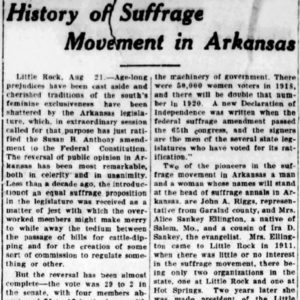 Suffrage Article
Suffrage Article
Sugar Creek Vista and Buckeye Overlooks
aka: Buckeye and Sugar Creek Vista Overlooks
Sugar Lacey Series
aka: Sugar [Book]
aka: This Bitter Earth [Book]
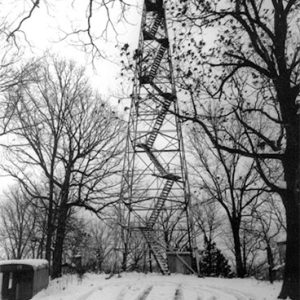 Sugarloaf Fire Tower
Sugarloaf Fire Tower
Sulphur Rock Male and Female Academy
Sulphur Rock Street Car
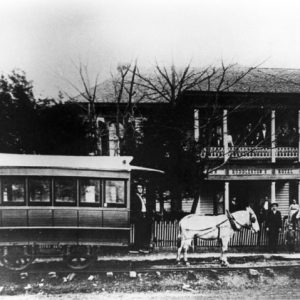 Sulphur Rock Street Car
Sulphur Rock Street Car
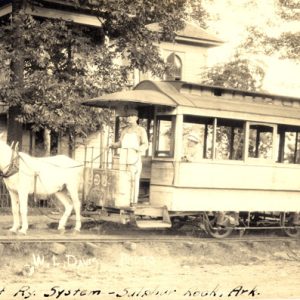 Sulphur Rock Street Car
Sulphur Rock Street Car
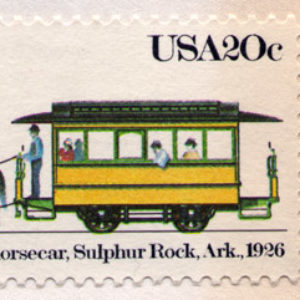 Sulphur Rock Streetcar Stamp
Sulphur Rock Streetcar Stamp
 Sulphur Shelf Mushroom
Sulphur Shelf Mushroom
 "Sultana," Performed by Harmony
"Sultana," Performed by Harmony
Sultana
 Sultana Disaster Museum
Sultana Disaster Museum
Sultana Disaster Museum
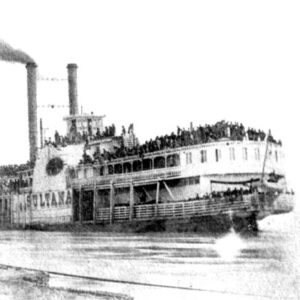 Sultana
Sultana
Summer of My German Soldier
 Sundown
Sundown
 Sundown Town Flyer
Sundown Town Flyer
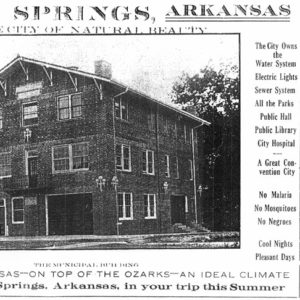 Sundown Town Flyer
Sundown Town Flyer
 Sundown Town Map
Sundown Town Map
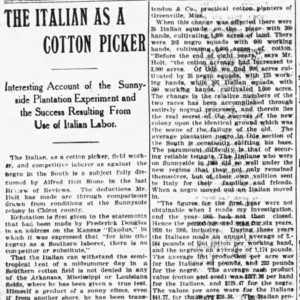 Sunnyside Plantation Article
Sunnyside Plantation Article
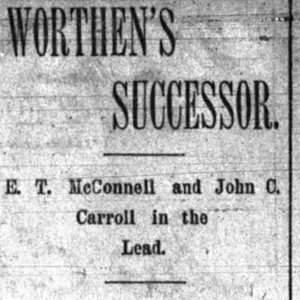 Sunnyside Plantation Convict Labor Article
Sunnyside Plantation Convict Labor Article
Sunset Hotel
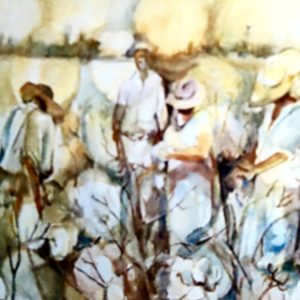 Sunup
Sunup
 Support Cable
Support Cable
Supreme Court of Arkansas
aka: Arkansas Supreme Court
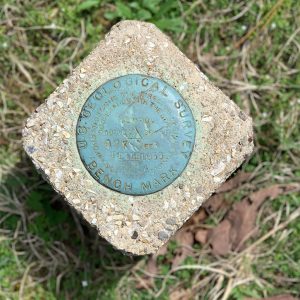 Survey Marker
Survey Marker
 Suspension Bridge
Suspension Bridge
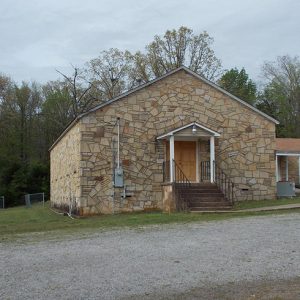 Swaim Chapel
Swaim Chapel
Swamp Land Act of 1850
 "Sweet Home Chicago," Performed by Robert Lockwood Jr.
"Sweet Home Chicago," Performed by Robert Lockwood Jr.
 Swifton Sign
Swifton Sign
Swine Industry
aka: Pig Industry
aka: Pork Industry
 Barry Switzer in Rain Jacket
Barry Switzer in Rain Jacket
 Sylvan Hills Country Club Ad
Sylvan Hills Country Club Ad
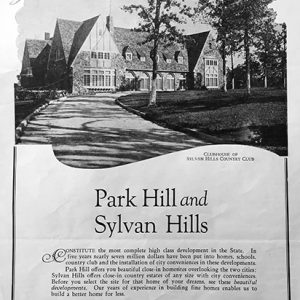 Sylvan Hills Country Club Ad
Sylvan Hills Country Club Ad
Symphylans
aka: Glasshouse Symphylans
aka: Garden Centipedes
aka: Pseudocentipedes
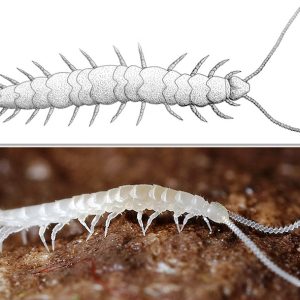 Symphylans
Symphylans
 Syphilis
Syphilis
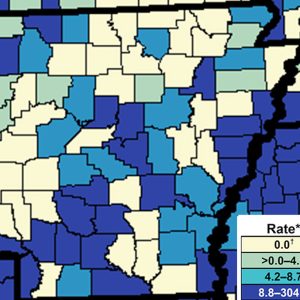 Syphilis
Syphilis
 T-rex Statue
T-rex Statue
T. C. McRae House
 T. Texas Tyler Tree
T. Texas Tyler Tree
Taborian Hall
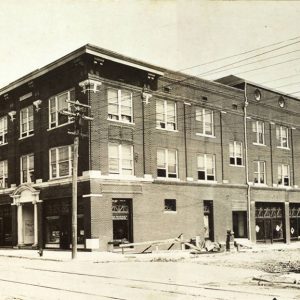 Taborian Hall, 1918
Taborian Hall, 1918
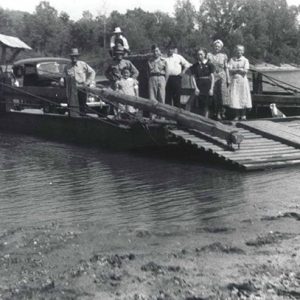 Talburt Ferry
Talburt Ferry
Tales from the South
 Tales from the South Set
Tales from the South Set




